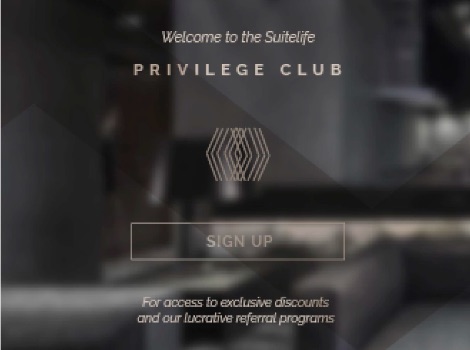RAVAL NEIGHBORHOOD: BARCELONA’S IMMIGRANT COMMUNITY
Take a walk on the wild side and take a picture or two while you're at it
The Raval neighborhood of Barcelona has the esteemed notoriety of being the city’s seedy go to place for night life escapades of sex and drugs. During the last two centuries, the Raval neighborhood has been the famed location for several mystery and thriller books.
This close quartered location by the sea is home to many of Barcelona’s immigrants and working class citizens. For this reason Raval has been given the distinguished name of Barri Xine, meaning Chinatown. Today Raval neighborhood is one of the most densely populated areas in Barcelona, primarily composing of Pakistani, Indonesian, Indian, and Eastern European immigrants. Raval neighborhood first began as an area next to the ports outside of Barcelona’s city walls. The word Raval comes from Arabic, meaning “suburbs”. During the Middle Ages this is exactly what Raval was. El Raval is one of four “suburbs” making up the larger part of the Ciutat Vella neighborhood. Raval was originally a mesh of gardens, small markets, churches, hospitals, and even a leper colony. It was home to what the city itself did not want. These poor settlements would later be themselves gated off and separated from the residents of the city during the 14th Century. When the Industrial Revolution finally hit Barcelona it was in the Raval neighborhood that the textile factories were built. The textile industry became a dominant sector between 1770 and 1840. During this amazing transition in manufacturing and production other industries such as brick production, slaughterhouses and leather manufacturing were also located in El Raval. As a result of the increase in industrialization, the first migration wave from within the other districts of Catalonia settled into Raval neighborhood, and changed Raval from an industrial area into a residential zone. To house this new working class, many of Raval’s once open fields and orchards were mowed down and turned into sprawling concrete facades for the working class to call home. Because of the over population and lack of proper hygiene Raval became a haven of disease and dirt. With disease such as malaria, cholera, small pox, shingles, and even the bubonic plague spreading through the over crowded streets of Raval the life span of the average resident was only in the 30’s. Such mass outbreaks lasted through the early 1900’s.

Due to the shadows coming from Raval’s housing complexes along with over crowding the area became rife with drugs and prostitution. To this day it is famed for drugs, bars, and cabarets. Due to it’s proximity to the sea ports, and the men working there, many cheap taverns and nightly entertainment establishments popped up, along with a highly lucrative drug trade. The urban transformation of Raval lasted well in the 1980’s and it continued to push tourism and middle class citizens away. During the 1990’s localized planning initiatives were created to help revive the neighborhood. The localized planning project was completed in 2000 and has introduced tourism through cleaner streets and new tourist businesses. Today Raval is host to bars, restaurants, and small stores alike. The narrow streets are often filled with tourists and local shoppers alike. While the evenings still contain shady people from drug dealers to prostitutes, it is a far cry from the early days in Raval’s history. Just as every other barrio in Barcelona, Raval’s distinct culture, people, architecture, and design bring to the city a unique and vibrant atmosphere that cannot be copied.

Let us know what your favorite barrio in the city is Check out more information on Raval and other Barcelona neighborhoods


